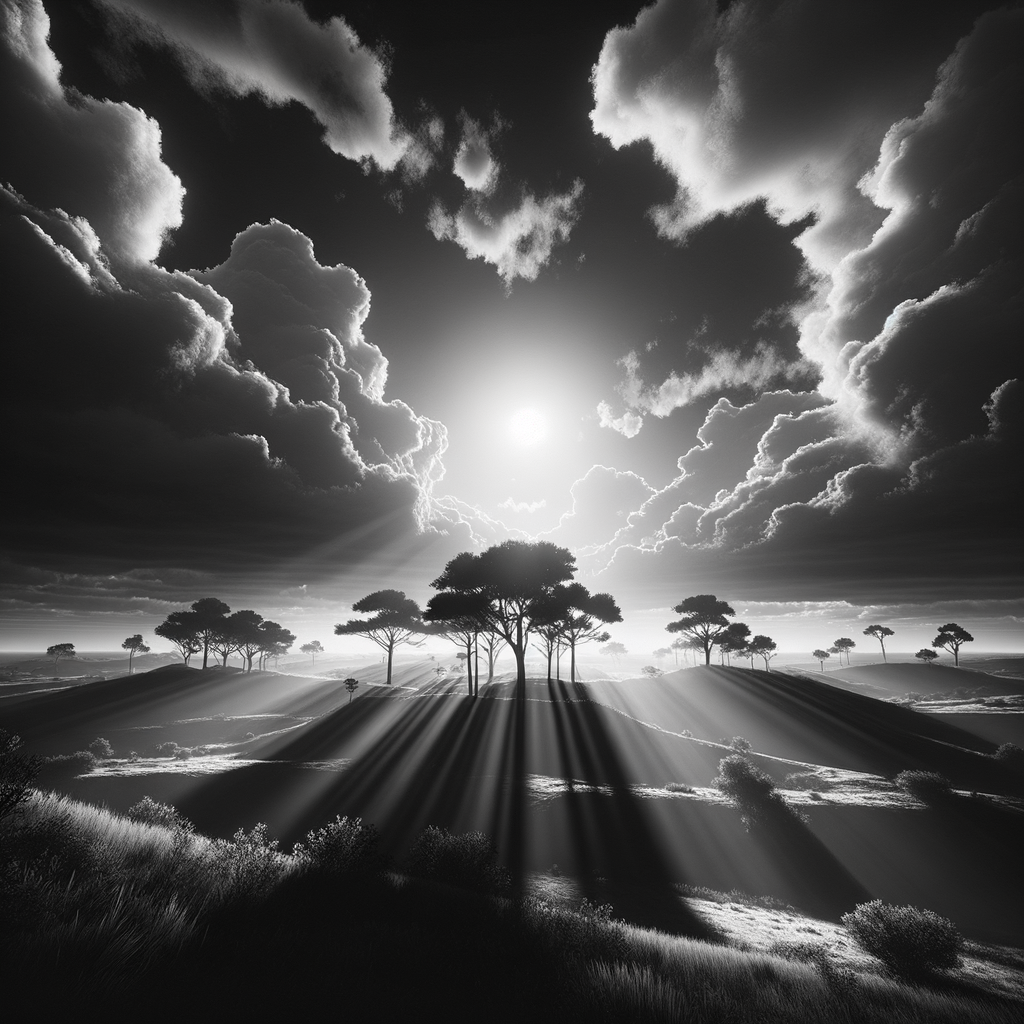
Black and white photography, despite its simplicity and lack of color palette, has always remained incredibly popular among photographers of all levels. The ability to control contrast, light, and shadow allows for the creation of unique photographs that can evoke strong emotions in viewers. In this article, we explore how to capture the magic of black and white photography and unlock its potential through various techniques and approaches.
Black and white photography is a special form of photographic art that allows the author to focus on form, texture, and tone. In today's digital world, where color can be manipulated down to the finest detail, monochrome images retain their power and charm, implying that there is a deeper meaning behind the external appearances.
One of the key elements of successful black and white photography is understanding the tonal range and being able to use it skillfully. This requires understanding the brightness of objects and their interaction with light. In this context, the well-crafted work of highlights and shadows is essential, allowing for effects that are hard to achieve in color photography.
Contrast is another critically important element. With its limited color palette, black and white photography gains emotional richness and drama through skilled play with contrast. Use it to set accents and highlight key elements of the composition.
Textures play a significant role in monochrome images. In the absence of color, attention is focused on the texture of objects, whether it's the rough bark of a tree or the smooth surface of water. Close-up processing will emphasize each small element of texture, creating a more tangible image.
Camera settings and shooting techniques are also important in creating black and white photographs. Use various filters and settings to experiment with light, and refine images in post-processing using tools that help achieve the desired level of contrast and texture.
Black and white photography is a means of expressing your creative potential and seeing the world through its tonal elements, ignoring color. This approach allows you to focus on key details and textures, creating more pronounced and emotional images. Viewing light and shadow in a new light opens endless possibilities for experimentation and self-expression.


